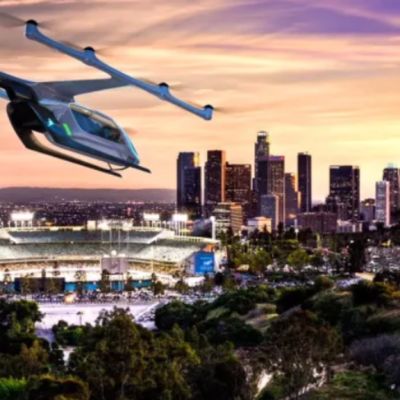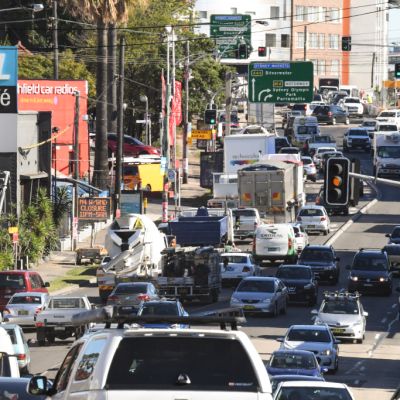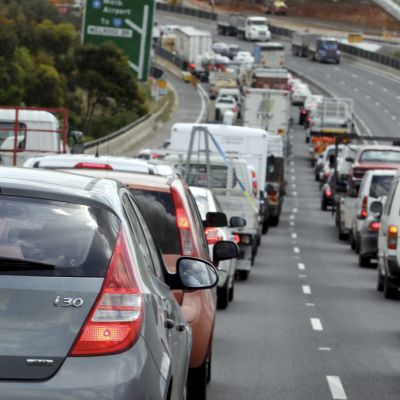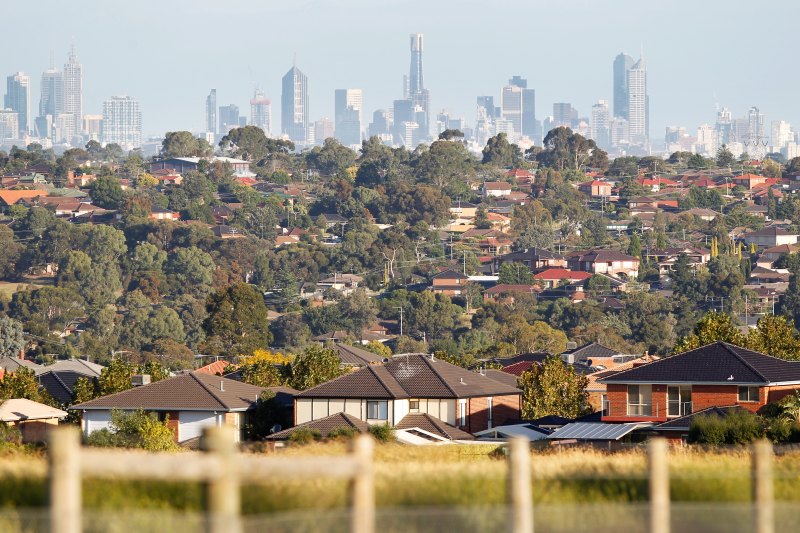Why Uber and Lime could be making our transport problems worse, not better
They’re presented as solutions but mobility services like Uber, Lime and even Google Maps could be adding to congestion issues, a veteran transport researcher has warned.
The services fall down in several key areas, such as increasing congestion, spreading congestion to new areas, and hindering public policy that would provide better outcomes, University of Queensland’s Neil Sipe said.
“Even though there’s a lot of discussion around this, the idea I get from the general public is that if we have all these things out there, the issue is solved,” Dr Sipe said. “We can’t forget about trying to improve things we’re already doing – things like public transport and active transport.”
The “move fast and break things” nature of companies behind e-scooters or ride-sharing meant they came with a degree of excitement and enthusiasm that public transport or unpowered cycling lacked, Dr Sipe said.
Because it wasn’t as new or sexy or even sometimes seen as welfare in the case of public transport, governments were often reduced to catching up with the tech start-ups and neglecting new policy and infrastructure for the two already established transport modes, Dr Sipe said.
“The e-scooters and e-bikes, it’s not really clear they’re making things worse,” he said. “But for them to succeed, they need good public transport services.
“They’re a good idea, but we can’t just assume that the private sector is taking care of that.”
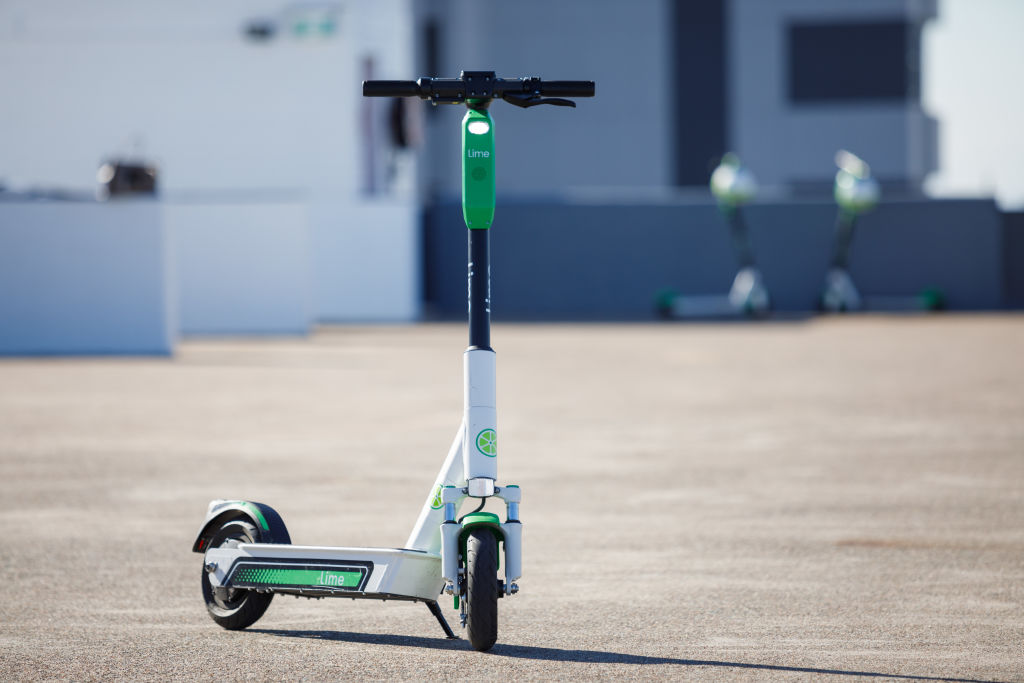
Dr Sipe said the services also highlighted gaps in locals laws, which then left governments scrambling to ensure the correct rules were in place and that they were being enforced.
“The main issue with the e-scooters is that most cities have been a bit caught off-guard,” he said. “Are they supposed to ride on the road, foot paths, bike paths? What speeds should they be going at?
“We’ve been doing a bit of catch-up.”
Ride-sharing apps were increasing congestion on roads by adding more constantly moving vehicles to the roads, which were in most cases already struggling with congestion, Dr Sipe said.
“That’s one but the other part is that the cities have done analysis is that congestion is made worse by these ride-sharing services,” he said. “Taxis are often sitting waiting for a ride, but Ubers and Lyfts are always on the move.”
In the case of apps like Google Maps and Waze, one of their key features is telling drivers about congestion in advance and rerouting the users around the blockage.
But this was spreading the congestion into areas it wasn’t in before, clogging up suburban streets that were not made for carrying so much traffic, Dr Sipe said.
“There’s this backlash against these navigational tools,” he said. “The idea was to make it better for people to get around.
“It is better for an individual but not from a societal standpoint.”
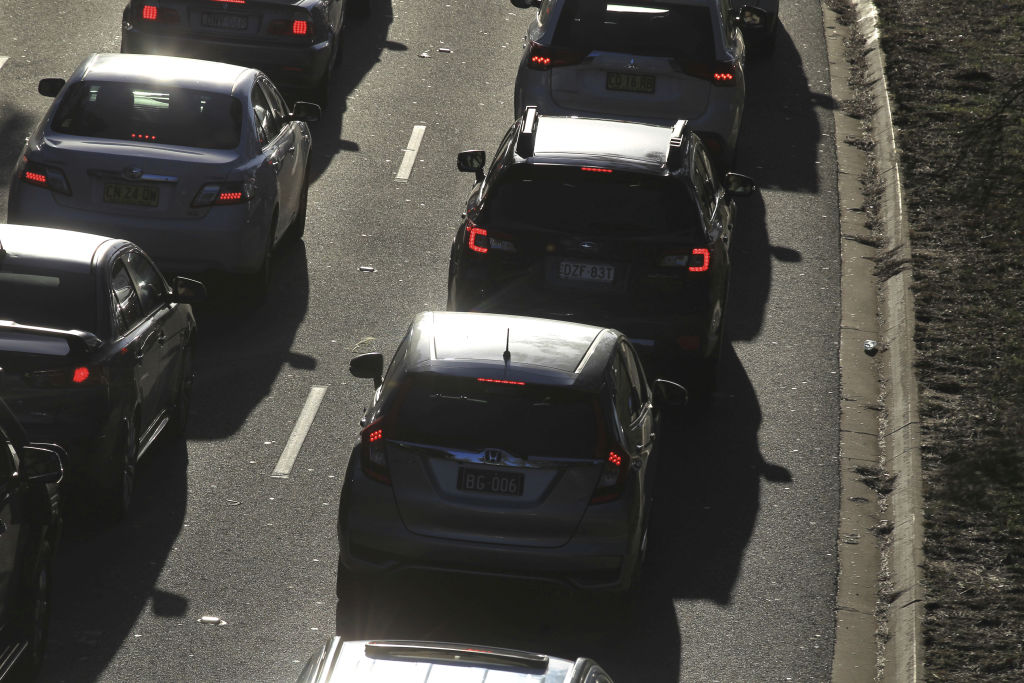
Data consultancy Smash Delta’s Ben Morley-John said the services were helping to fill gaps left by public transport networks.
“There’s no doubt they provide a fantastic consumer benefit that is evolving and they open up new parts of the city,” he said. “They make connections between parts of the city where there is no public transport available.”
Mr Morley-John said both the private and public mobility modes could integrate better and provide a better experience for their users.
“You won’t be able to compete with light and heavy rail with moving large amounts of people around and that means it’s here to stay,” he said. “But the question is how will we integrate these other services into the experience and improve access to these areas where public transport has been out of reach for other communities.
“Globally there’s a push to create a more personal and useful customer experience which can facilitate better access to public transport.”
We recommend
We thought you might like
States
Capital Cities
Capital Cities - Rentals
Popular Areas
Allhomes
More
